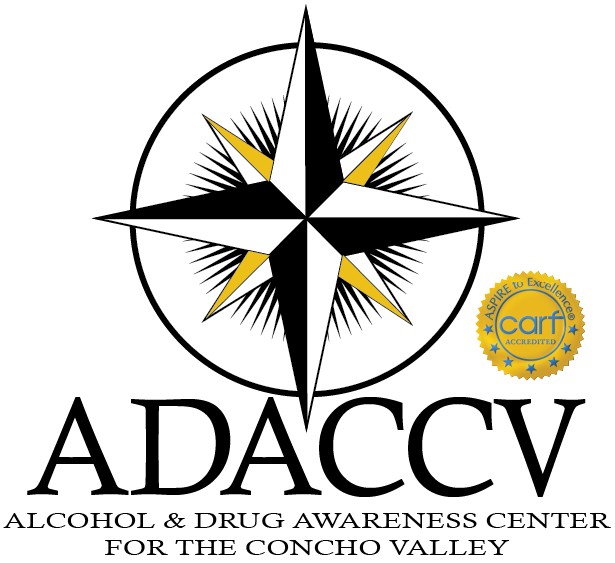What is vaping?
Vaping is the act of inhaling and exhaling the aerosol (often referred to as vapor) which is produced by an electronic cigarette or similar device.
An electronic cigarette (e-cigarette) is a battery-operated device that can deliver nicotine and flavorings to the user in the form of an aerosol. This aerosol contains fine particles and toxic chemicals, which have been linked to heart and respiratory diseases and cancer. There are over 2,000 chemicals that are found in vapes. Some of those chemicals are the following:
Propylene Glycol (PG)- A common additive in food; also used in antifreeze, paint solvent, and artificial smoke in fog machines
Vegetable Glycerin (VG)- Found in types of soap
Nicotine- A highly addictive substance that negatively affects adolescent brain development and impacts mental health
E-cigarettes can come in a variety of shapes, sizes, and styles. There are disposables, prefilled/ refillable pods, and tanks or mods.
What is EVALI?
EVALI stands for E-cigarette or Vaping Product, Use Associated Lung Injury
EVALI is a serious medical condition in which a person’s lungs become damaged from substances contained in e-cigarettes and vaping products such as propylene glycol and glycerol.
Symptoms can include: shortness of breath, cough, chest pain, fever and chills, diarrhea, nausea, vomiting, and abdominal pain, rapid heartbeat, rapid and shallow breathing
Vaping among Youth
According to the CDC, 3.5 million middle school and high school students are using e-cigarettes. Early use of nicotine among youth can place them at higher risk of developing a substance use disorder. Nicotine use in youth can increase risk for addiction to other drugs as well; research shows that teens who vaped are almost four times as likely to go on to smoke traditional cigarettes.
Facts from the CDC:
Most e-cigarettes (vapes) contain nicotine—the addictive drug in regular cigarettes, cigars, and other tobacco products.
A CDC study found that 99% of the e-cigarettes sold in assessed venues in the United States contained nicotine.
Some vape product labels do not disclose that they contain nicotine, and some vape liquids marketed as containing 0% nicotine have been found to contain nicotine.
Nicotine can harm the developing adolescent brain. The brain keeps developing until about age 25.
Using nicotine in adolescence can harm the parts of the brain that control attention, learning, mood, and impulse control.
Each time a new memory is created or a new skill is learned, stronger connections – or synapses – are built between brain cells. Young people’s brains build synapses faster than adult brains. Nicotine changes the way these synapses are formed.
Using nicotine in adolescence may also increase risk for future addiction to other drugs.
Marketing to Youth
Marketing of electronic cigarettes by tobacco companies sets youth up to see less harm in vaping than smoking traditional cigarettes. Sleek designs, bright colors, and enticing flavors are all marketing strategies that pull youth in to try their product. A 2020 Truth Initiative study published in Preventive Medicine found that exposure to smoking imagery through episodic programming can TRIPLE a young person's odds of starting to vape nicotine. Despite the legal age being 21 to possess, purchase, or consume tobacco or e-cigarette products, there has still been an exponential rise in vape use among youth.
Vaping and Mental Health
Vaping can worsen anxiety symptoms and amplify feelings of depression. Current e-cigarette users have double the odds of having a diagnosis of depression compared to those who have never vaped, according to a 2019 JAMA study of nearly 30,000 current e-cigarette users. Frequent vaping is tied to even higher odds (2.4x) of having a diagnosis of depression compared to never users. Vaping is significantly associated with higher levels of ADHD symptoms, based on a 2019 study of college students. Using e-cigarettes as an adult also had nearly twice the odds of association with cognitive complaints- having serious difficulty concentrating, remembering, or making decisions- compared to those who had never used e-cigarettes (Truth Initiative).
How to talk to teens about vaping
Info sheet from CDC- Talk with Your Teen About E-cigarettes: A Tip Sheet for Parents
Brochure from SAMHSA- Talking with Your Teen About Vaping
QUIT NOW/RESOURCES
Are you a parent of a young person who vapes? Parents can text QUIT to 847-278-9715 to sign up to receive text messages designed specifically for parents of vapers.



